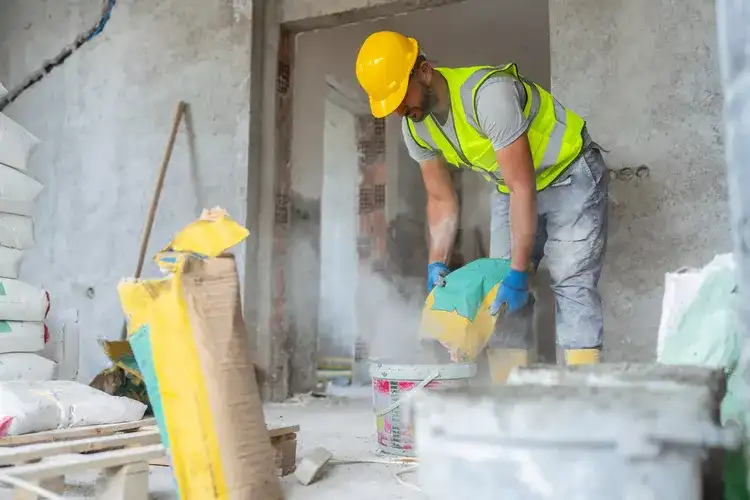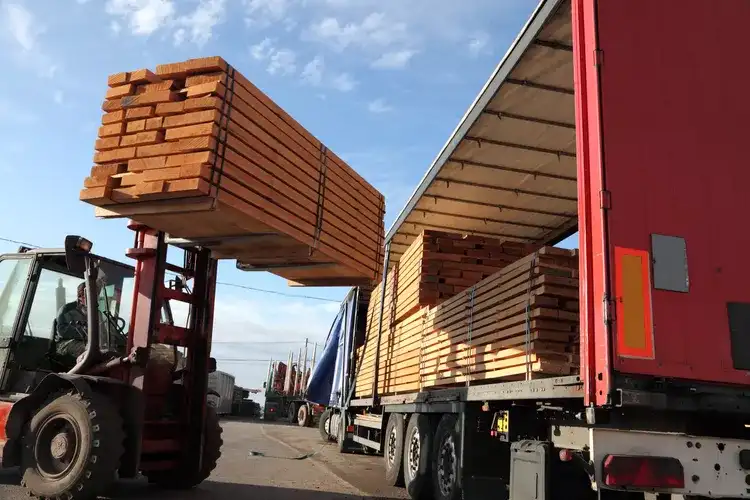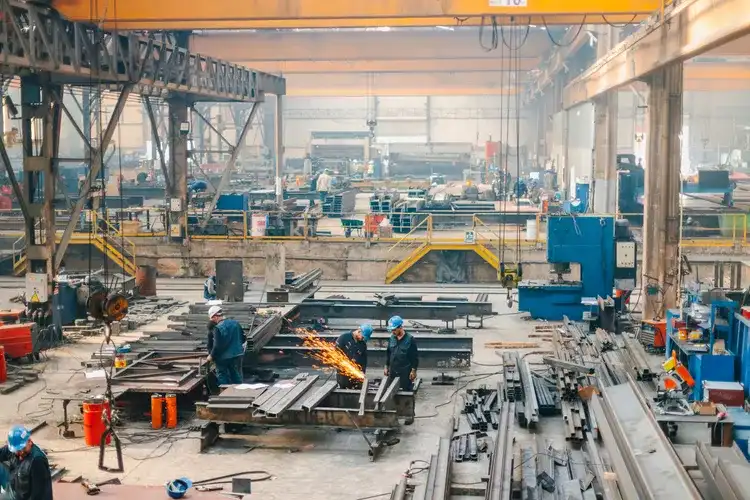As the climate crisis accelerates, conversations around reducing emissions have largely centered on energy consumption and transportation. But lurking beneath the surface of construction sites and urban development is a lesser-known contributor to greenhouse gases embodied carbon. Unlike operational emissions, which come from running a building, embodied carbon accounts for the hidden environmental costs of creating and maintaining our built world. And these emissions are significant often equaling or surpassing those generated by day-to-day energy use.
What Is Embodied Carbon?
Embodied carbon refers to the total greenhouse gas emissions associated with the extraction, production, transportation, installation, maintenance, and disposal of building materials. These emissions are baked into every beam, brick, and panel long before a building is occupied. Since they are not as visible or immediate as emissions from heating or lighting, embodied carbon can easily be overlooked.

Embodied vs. Operational Carbon
Operational carbon includes the emissions from energy used to heat, cool, ventilate, and power buildings throughout their lifetime. Embodied carbon, on the other hand, is everything else the emissions tied to the building’s lifecycle outside of its daily functioning. While operational emissions have declined in many regions thanks to cleaner energy sources, embodied emissions remain a growing challenge.
Together, these two categories make up a building’s full carbon footprint. According to the United Nations, the building sector is responsible for 37% of all global carbon emissions with about 9% from embodied sources. However, due to underreporting, the true percentage may be significantly higher.
Sources of Embodied Carbon

Embodied carbon stems from various stages in a building’s lifecycle. These are the primary contributors:
- Material extraction: Mining, logging, and quarrying processes emit large amounts of CO₂ and damage ecosystems. Sand and gravel extraction, used in concrete, is especially destructive.
- Manufacturing: The energy-intensive processes required to produce materials like steel, glass, and concrete contribute significant emissions. For example, making bricks emits CO₂ during both the extraction and kiln-firing stages.
- Transportation: Moving raw and finished materials across regions consumes fossil fuels, adding to the embodied footprint.
- Construction: On-site energy use, machinery operation, and material waste during building assembly also count toward embodied emissions.
- Demolition and disposal: Tearing down buildings and hauling away debris requires energy and creates further emissions especially when materials are not recycled or reused.
Examples Beyond the Construction Sector
Although often discussed in the context of buildings, embodied carbon is relevant in other industries too. In food systems, it encompasses emissions from fertilizer production, factory operations, and packaging. In transportation, it includes emissions from producing asphalt and constructing roads. Anywhere materials are extracted and transformed, embodied carbon exists.

How Embodied Carbon Is Measured
Several lifecycle analysis (LCA) frameworks exist to quantify embodied carbon, each with a different boundary of assessment:
- Cradle-to-gate: Covers emissions from raw material extraction to the point the material leaves the manufacturing facility.
- Cradle-to-site: Includes transportation of materials to the building site.
- Cradle-to-end: Adds building operations over its lifespan.
- Cradle-to-grave: Accounts for demolition and disposal.
- Cradle-to-cradle: Incorporates recycling and reuse, effectively closing the loop and encouraging circular design.
Reducing Embodied Carbon in Construction

Decarbonizing buildings requires a shift in mindset and practice across the entire construction lifecycle. Here are effective ways the industry can reduce embodied emissions:
- Use recycled materials: Recycled aluminum, concrete, and steel can dramatically reduce emissions compared to virgin materials.
- Build with renewable resources: Responsibly sourced wood, straw, and hemp are biodegradable and often carbon-negative.
- Design for longevity and adaptability: Extending a building’s lifespan delays the need for reconstruction, reducing long-term embodied carbon.
- Prioritize retrofits over new builds: Upgrading existing buildings is usually less carbon-intensive than starting from scratch.
- Deconstruct instead of demolishing: Salvaging and reusing materials reduces waste and avoids the emissions associated with manufacturing new components.
Why It Matters
Ignoring embodied carbon undermines the progress made in operational energy efficiency. As building energy use becomes cleaner, embodied emissions will account for an increasingly larger share of a project’s total carbon footprint. In fact, for highly efficient buildings, embodied carbon can represent up to 75% of lifetime emissions.

Frequently Asked Questions
How much embodied carbon is in the average building?
In many cases, embodied carbon makes up half or more of a building’s total emissions and in energy-efficient buildings, it may dominate the carbon profile.
Are embodied emissions part of net-zero goals?
Historically, net-zero initiatives focused on operational energy use. But the industry is increasingly recognizing that embodied carbon must also be addressed to achieve true carbon neutrality.
Can embodied carbon be eliminated?
While it’s difficult to eliminate entirely, it can be drastically reduced through smart material choices, circular design strategies, and building reuse.
Embodied carbon may be invisible, but its environmental impact is undeniable. As the building and manufacturing sectors continue to grow, addressing these hidden emissions is essential to achieving climate goals. Through improved design, smarter material use, and a commitment to lifecycle thinking, the industry can build not just better structures but a more sustainable future.





